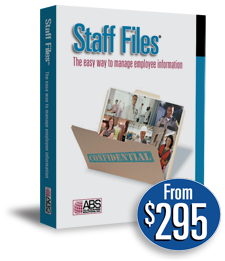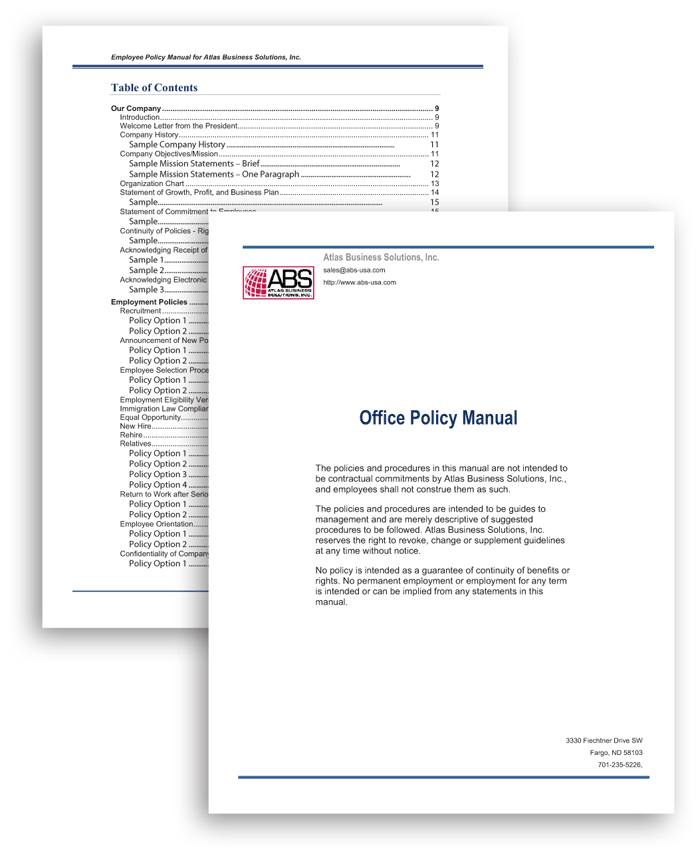
Human Resources Software
Staff Files 8.0 is the easiest way to manage employee information including time-off accruals, training records, and performance reviews.
Employee Benefits Consist of Company Policies and Recordkeeping
When I think of managing employee benefits at a company, I think of two things: company policies and recordkeeping.
Categories
Popular Tags
- Employee Scheduling
- Business Planning
- personnel records
- upgrade
- how to schedule
- Appointment Scheduling
- write a business plan
- Human Resources
- customer review
- reports
Company Policies
Company policies are important because they list and clearly communicate the employee benefits offered by a company. A company may offer educational reimbursement, mileage or travel reimbursement, paid parking, flexible spending account, and time off, such as vacation, sick time, and paid time off (PTO), as well as health insurance including dental, vision, and speciality insurance, short-term and long-term disability insurance, life insurance, and 401k and other retirement plans. The policies will include a description and explain when an employee will be eligible for the benefit, how much they have to pay, if applicable, and how much the employer will pay, if any at all.
The company policies should be given to all employees to make sure they are aware of the benefits they are eligible for. Some businesses even require employees to return a signed acknowledgement of receipt of policies, so managers can be sure all members of staff are aware of what they are eligible for. Another option, especially for businesses that update or change their list of benefits often, is to hold a series of open enrollment meetings that all employees are required to attend each year.
Recordkeeping
The second part of managing employee benefits is recordkeeping. You should document which benefits employees are enrolled, particularly the health, disability, and life insurances. You should also keep track of time-off accruals for each employee.
For insurance benefits, document which insurance or plan the employee is enrolled, enrollment date, their contribution amount, the company's contribution amount, beneficiaries and dependents, and other miscelleneous notes you wish to keep. If the employee decides to un-enroll in a plan, that withdrawal date should be kept, too.
And, when an employees leaves the company, document if they choose to extend their insurance coverage via COBRA.
For time-off benefits, document if they accrue time for vacation, sick time, paid time off (PTO), holiday time or any other type of time off they may be eligible for. You should list the accruals, i.e. the amount of time they have to take off, as well as the deductions of their days off, so that their personnel record will have an up-to-date balance at all times.
You can create company policies for your businesses, in addition to managing benefit enrollments and time-off accruals in HR software. HR software will make both processes easier than using manual methods and will save you a lot of time.


